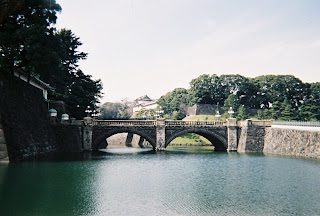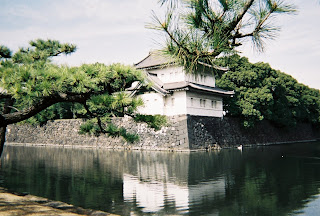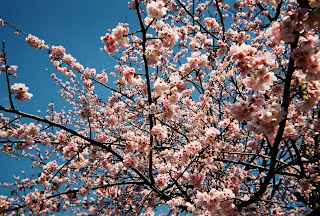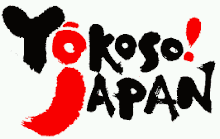Shogun, samurai, geisha – these are all the typical images that flood into the mind when you first mention Japan, but as we all know Japan is all that and so much more.
It was from this mind set that I decided to start the Roppongi Rag blog. Since I lived and worked in Japan and traveled there often, many of my friends would ask….. what should I see, is there enough to see in Japan for a week, where should I stay, what place do you recommend for a good meal, etc., etc. So, I decided, why not post these ‘faves’ in one spot for others to see. I hope as the blog evolves and develops that you the reader will come to agree. So drum roll please……let’s get started.
I have such a fascination about the history of Japan and especially the period since the Meiji Restoration – around 1868 – when the restoration of imperial rule was declared in Japan under Emperor Meiji. In essence, there were several changes most notably: moving the capital from Kyoto to Tokyo, elimination of the samurai class, creation of a centralized system that would allow Japan to compete against the west.
Having said that, I thought the first blog should be about the Imperial Palace in Tokyo Kōkyo (皇居), where the current Emperor Akihito resides since he assumed the throne and was made emperor in 1989.
Wikipedia stated that – “the Imperial Palace is an impressive compound roughly the size of New York City’s Central Park and that during the height of the 1980’s Japanese property bubble, the palace was estimated by some to have a value equivalent to all of the real estate in the state of California”
http://en.wikipedia.org/wiki/KokyoIt is a beautiful area in Tokyo’s Chiyoda-ku district and located close by to Tokyo Station. When you take the subway to the station it is a very short walk to Nijubashi Bridge - probably the most famous landmark associated with the palace and popular with tour groups, individuals, and professional photographers. Nijubashi Bridge is a double arched bridge seen in the photo posted below.


As mentioned the Imperial Palace is a short walk from Tokyo Station and is accessible from other subway stations as well. The Welcome to Tokyo Handy Guide (English) published by the Tokyo Metropolitan Government
http://www.tourism.metro.tokyo.jp/ offers the following details if you want to get to the Imperial Palace via another subway line:
“5 minute walk from Nijubashi-mae subway Station on the Chiyoda line exit 2”
“5 minute walk from Hibuya Station on Mita Line exit B6”
“8 minute walk from Sakuradamon subway station on Yurakucho line exit 3”
You can take a nice stroll around the exterior of the palace grounds and see various guard houses, that surely once were used by those that protected the emperor while in residence at the palace. The East Garden of the Imperial Palace is amazing, but I’m saving that for the summer when I can take some nice pictures – more on that later.

As you continue along your walk you’ll reach Kitanomaru Park, a wonderful spot enjoyed by residents of Tokyo and the perfect place for a picnic on a nice sunny day. If you happen to find yourself in Tokyo around cherry blossom season, do not miss the chance to walk along Chidorigafuchi, as it’s cherry blossom trees along the moat of the Imperial Palace are truly beautiful. You can also rent a row boat as well to see Chidorigafuchi from a different perspective.
Hope you enjoyed this first effort.
All the best....Mark







